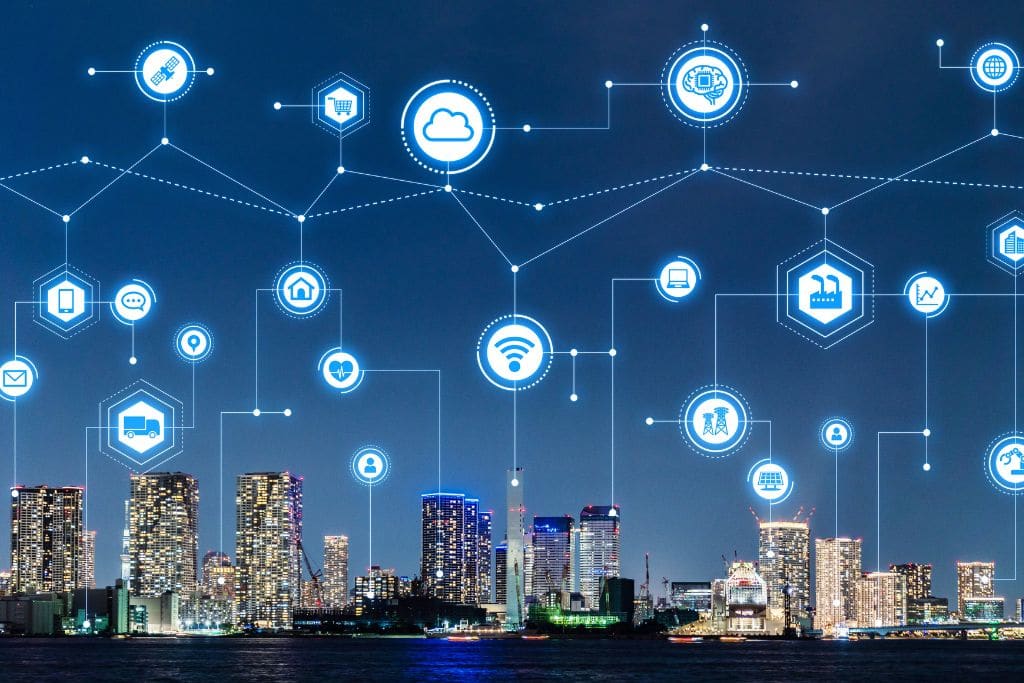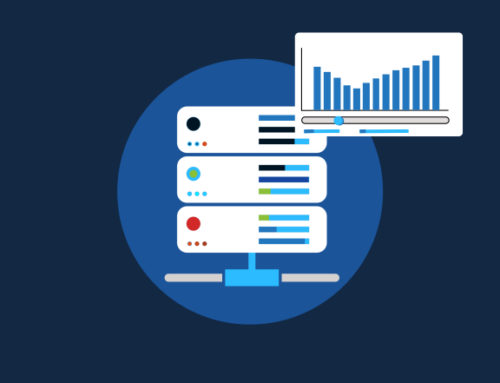Fiber internet has become the gold standard for high-speed internet connectivity with its lightning-fast speeds and exceptional reliability. Unlike traditional copper-based connections, fiber optic cables transmit data using light, allowing for incredibly fast data transfer rates. As a result, fiber internet has become a game-changer, enabling seamless streaming, rapid downloads, and lag-free online experiences.
The landscape of internet connectivity is constantly evolving, and fiber internet providers find themselves at the forefront of embracing emerging trends and leveraging new technologies. In today’s fast-paced world, staying competitive requires staying ahead of the curve. This blog highlights the exciting opportunities that await fiber internet providers as they navigate the ever-changing digital realm. From the advent of 5G technology to the potential of smart cities and the Internet of Things (IoT), this article explores the cutting-edge developments reshaping the future of fiber internet. By embracing these trends and harnessing new technologies, fiber providers can meet the growing demand for high-speed internet and unlock remarkable possibilities for innovation and progress.
5G and Fiber Convergence
The advent of 5G technology is set to revolutionize the telecommunications industry, offering lightning-fast speeds and ultra-low latency. While 5G wireless networks provide remarkable mobility, fiber-optic infrastructure remains crucial for backhaul and high-capacity connectivity. The convergence of 5G and fiber enables a powerful combination, as fiber provides the backbone for 5G networks, delivering robust connectivity to mobile towers and enabling seamless wireless connectivity for end-users. Fiber internet providers can leverage this convergence by collaborating with mobile network operators to deploy and maintain the required fiber infrastructure, ensuring customers’ smooth and integrated network experience.
Internet of Things (IoT) and Smart Cities

The proliferation of IoT devices and the development of smart cities are generating an unprecedented amount of data. Fiber internet providers are uniquely positioned to cater to this growing demand for data transfer and bandwidth. Fiber-optic networks offer the capacity and reliability necessary to handle the massive influx of data from IoT devices, enabling real-time monitoring, analysis, and control. By partnering with municipalities and city planners, fiber internet providers can play a vital role in the development of smart cities, supporting applications such as smart grids, intelligent transportation systems, and efficient public services.
Cloud Computing and Edge Computing
The rise of cloud computing has transformed the way businesses and individuals store, process, and access data. Fiber internet providers can leverage their high-speed connections to offer reliable and low-latency access to cloud services, enabling businesses to fully harness the benefits of cloud computing. Moreover, the emergence of edge computing, where data processing occurs closer to the source, presents exciting opportunities for fiber internet providers. By establishing edge data centers and points of presence, providers can offer faster response times and reduced latency, catering to the needs of latency-sensitive applications such as autonomous vehicles, augmented reality, and real-time analytics.
Virtual and Augmented Reality

Virtual reality (VR) and augmented reality (AR) have gained significant traction across various industries, from gaming and entertainment to healthcare and education. These immersive technologies require substantial bandwidth and low latency to deliver a seamless experience. Fiber internet providers can capitalize on this trend by offering high-speed connections that support the transfer of large VR/AR files and real-time streaming. Fiber providers can collaborate with content creators, gaming companies, and educational institutions to create specialized packages and services tailored to the unique demands of VR/AR applications.
Expansion into Rural Areas
While fiber-optic networks have traditionally been deployed in urban and suburban areas, there is a growing need to extend high-speed internet access to rural regions. Fiber internet providers can tap into this untapped market by working closely with government agencies, community organizations, and rural cooperatives to expand their infrastructure and offer reliable connectivity to underserved areas. The deployment of fiber networks in rural regions enhances educational and economic opportunities and supports telemedicine, precision agriculture, and remote work initiatives.
Conclusion
The landscape of internet connectivity is continually evolving, and fiber internet providers have a unique opportunity to capitalize on emerging trends and new technologies. By embracing the convergence of 5G and fiber, enabling IoT and smart city initiatives, supporting cloud and edge computing, catering to the demands of VR/AR applications, and expanding into rural areas, fiber internet providers.




